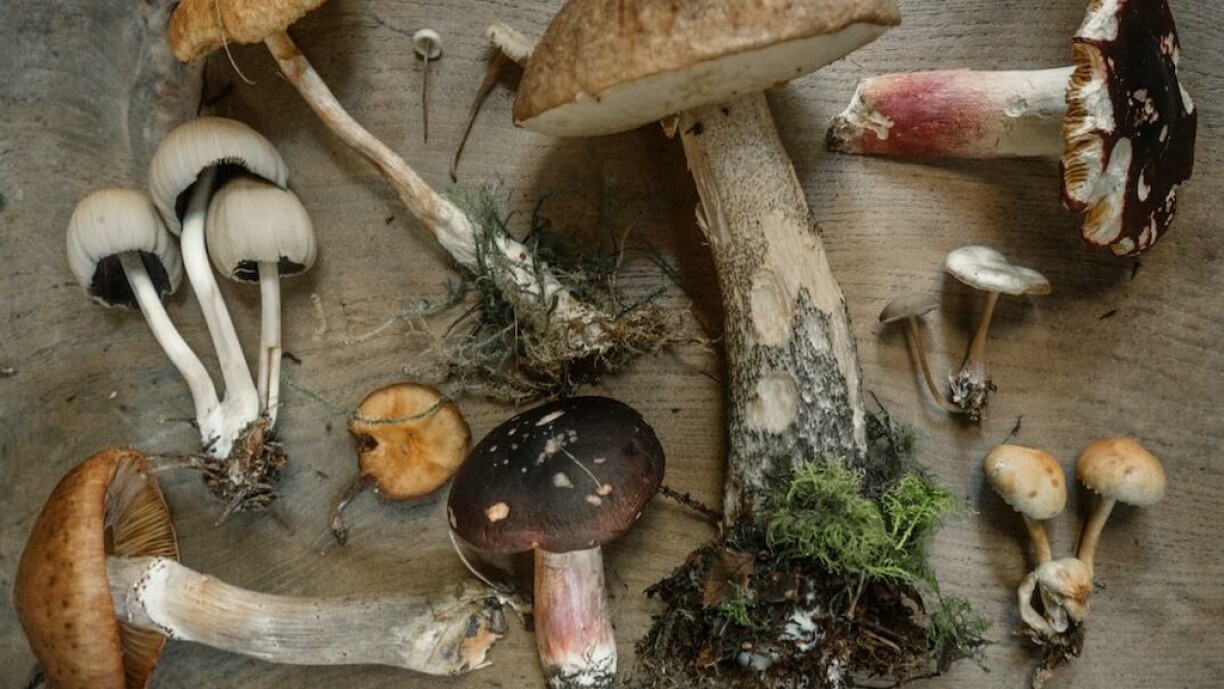
If you do not know your mushrooms, purchase a quality guide or go with a seasoned mushroom hunter for your first few trips!
When: Peak mushroom season starts at the end of summer and goes into autumn, usually after a few days of rain when the sun comes back out.
Where: Luxembourg’s many forests.
How: Wear shoes and clothes well suited for the forest, as you might have to walk off the beaten path. A sorrel basket is the mushroom hunter’s best friend in order to preserve finds. To cut them from the ground, best use a knife and brush (to clean them up).
What: Only pick healthy, grown mushrooms. Be careful not to pick them too young or too old, if they start decomposing it will be harder to recognise them. Check your basket once more for any bad mushrooms before taking them home. Once at home, peel the bottom stalk with a knife and cut off any damaged parts. Do not put them into water, but lightly clean the heads with a humid wipe. If you are planning to cook with mushrooms, eat them shortly after your trip.
Legality: Luxembourgish mushrooms are protected! Here are the rules to follow: “Only three specimens per species and per person can be taken for study purposes. The harvest is limited to 1 kg per person and per day for the edible species (55 species)”.
Guided tour: The perfect way to learn about mushrooms is to participate in an organised guided tour with an expert. The Luxembourgish society of naturalists sometimes organises them, keep an eye out here.
When in doubt: Call this service by the Luxembourgish naturalist society to check on any mushroom finds (active from the end of summer until autumn): Permanences mycologiques | Société des naturalistes luxembourgeois
Mushrooms of Luxembourg
Educational purpose only, not information on comestibility.